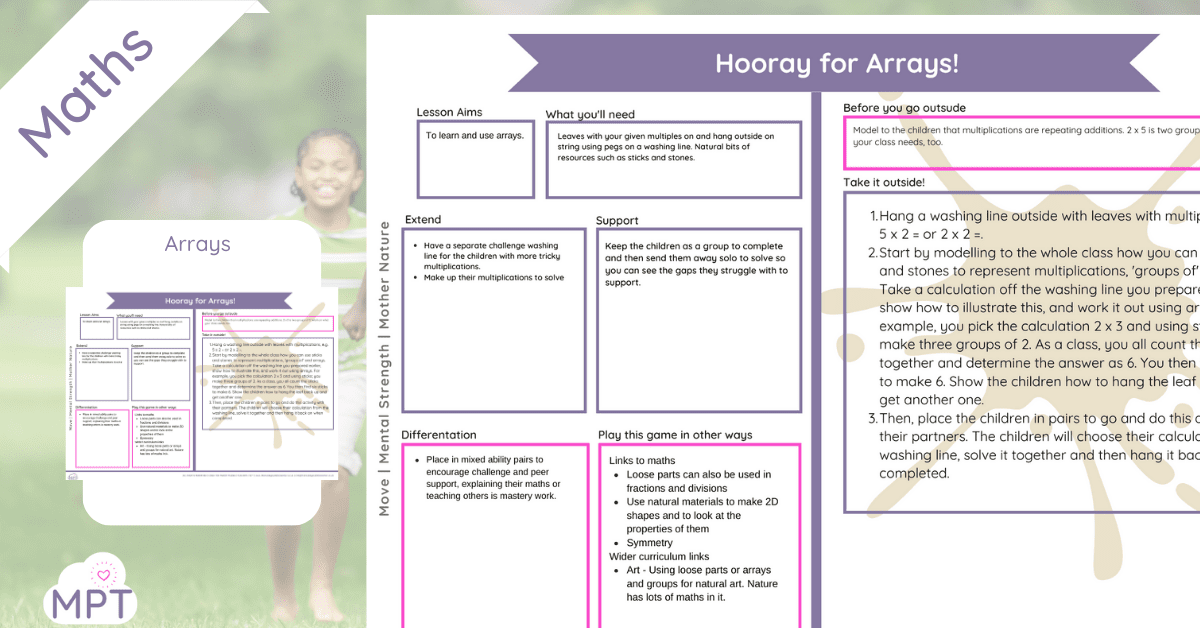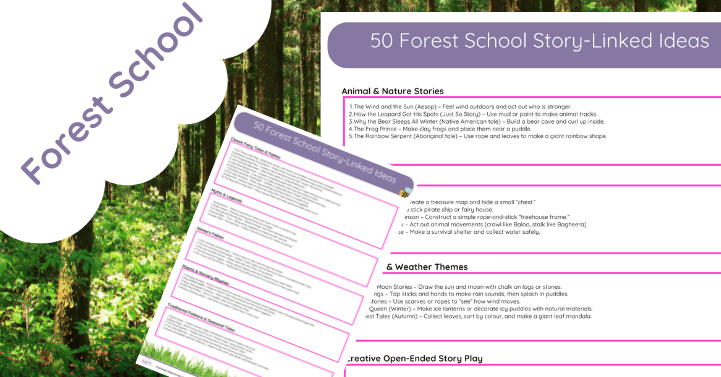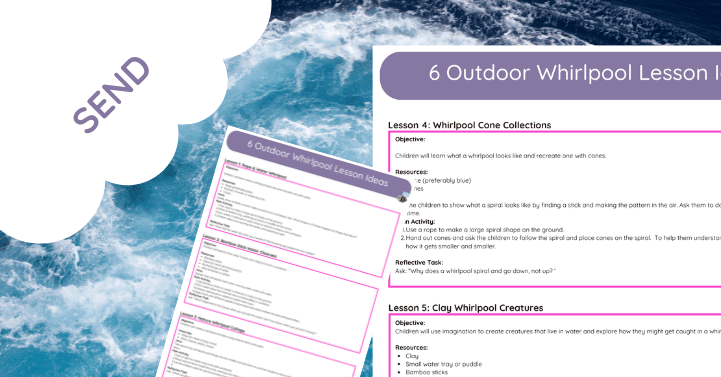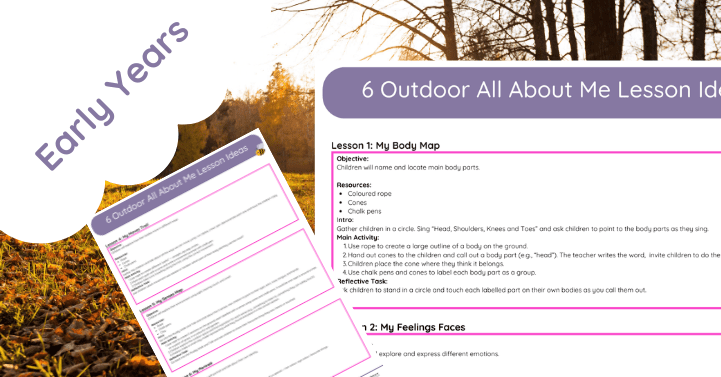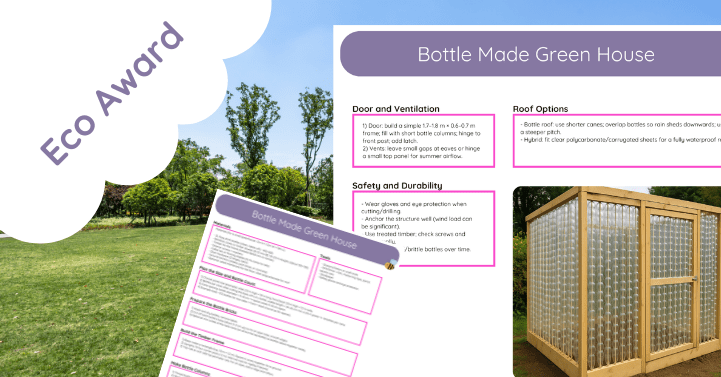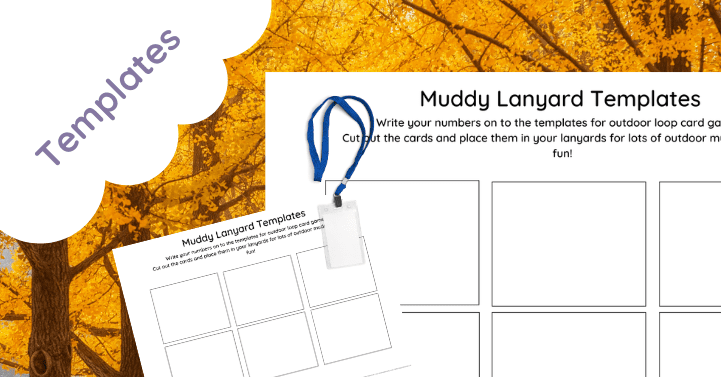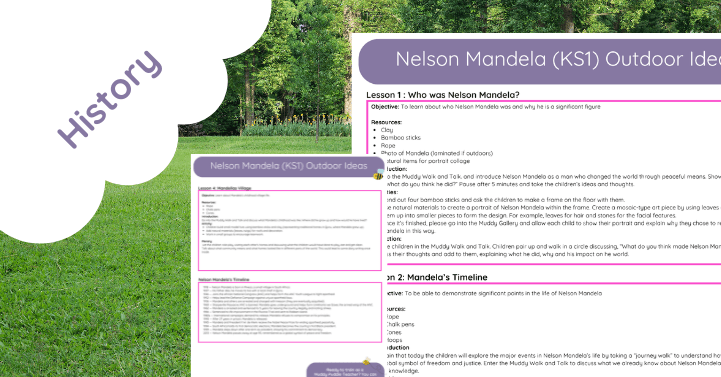Teaching Arrays Outdoors in Year 1
Teaching arrays to Year 1 students can be a dynamic and engaging experience, especially when conducted outdoors. Arrays are a fundamental concept in early mathematics, helping children understand multiplication and division. By taking the learning outside, educators can make math lessons more interactive and enjoyable. Here’s how you can effectively teach arrays outdoors to Year 1 students.
What are Arrays?
Arrays are a way of organizing objects in rows and columns. They help children visualize multiplication and understand the structure of numbers. For instance, an array with 3 rows and 4 columns represents 3 groups of 4, which equals 12.
Example:
- 3 rows of 4 apples (3 x 4 = 12 apples)
For a more detailed explanation of arrays, you can visit Math is Fun.
Benefits of Teaching Arrays Outdoors
Enhanced Engagement
Learning outdoors can make mathematical concepts more tangible and engaging. Children are naturally curious about their environment, and using natural objects to form arrays can captivate their interest.
Source: Edutopia
Physical Activity
Combining learning with physical activity helps improve children’s health and keeps them active. Moving around to collect objects and form arrays can be a fun way to incorporate exercise into the lesson.
Source: Centers for Disease Control and Prevention (CDC)
Real-World Application
Outdoor learning allows children to see how mathematical concepts apply to the real world. This hands-on approach can enhance their understanding and retention of mathematical ideas.
Source: National Wildlife Federation
Step-by-Step Guide to Teaching Arrays Outdoors
1. Preparation
Materials Needed:
- Natural objects (stones, leaves, sticks, pine cones)
- Chalk or markers (to draw grids on the ground)
- Blankets or mats for seating
Setting Up:
- Choose a safe outdoor area such as a garden, playground, or park.
- Prepare a space where students can collect natural objects and another area for forming arrays.
2. Introduction to Arrays
Explain the Concept:
- Start by explaining what arrays are and how they are used in math.
- Show a simple example using objects you have collected.
Activity:
- Divide students into small groups.
- Give each group a set of natural objects.
- Ask them to form different arrays using the objects, starting with simple arrays (e.g., 2 rows of 3) and progressing to more complex ones (e.g., 4 rows of 5).
3. Hands-On Array Activities
Array Scavenger Hunt:
- Have students go on a scavenger hunt to collect natural objects.
- Once they have collected enough items, ask them to create arrays with their objects.
- For example, “Find 12 leaves and arrange them in an array of 3 rows and 4 columns.”
Drawing Arrays:
- Using chalk, draw grids on the ground and have students place their objects in the grid to form arrays.
- This helps them visually see the rows and columns.
Group Challenges:
- Challenge students to form specific arrays within a time limit.
- For example, “Who can form an array of 5 rows of 3 the fastest?”
For more engaging outdoor math activities, check out Scholastic.
Integrating the Muddy Puddle Teacher (MPT) Approach
The Muddy Puddle Teacher (MPT) approach emphasizes outdoor, hands-on learning experiences. Here are five MPT resources to help you integrate outdoor learning into your array lessons:
- Outdoor Maths Lessons
- Nature-Based Learning Activities
- Seasonal Outdoor Activities
- Practical Measurement Activities
- Interactive Measurement Games
Conclusion
Teaching arrays outdoors in Year 1 is an effective way to make learning math fun and interactive. By using natural objects and engaging activities, educators can help students understand and enjoy mathematical concepts. Integrating the MPT approach further enhances this learning experience, providing students with practical and memorable math lessons.
For further reading and resources on outdoor learning, explore these links:
- Outdoor Classroom Day
- Nature Explore
- Council for Learning Outside the Classroom
- Forest School Association
- Project Learning Tree
- National Wildlife Federation: Schoolyard Habitats
- TeachEngineering: Outdoor Learning
- Environmental Education Research
- U.S. Forest Service: Benefits of Nature
- Children & Nature Network
- Edutopia on Outdoor Learning
- Smithsonian Science Education Center
- National Trust: Outdoors for Schools
By utilizing these resources and incorporating outdoor learning into your curriculum, you can create a dynamic and effective educational experience for your Year 1 students. Happy teaching!


